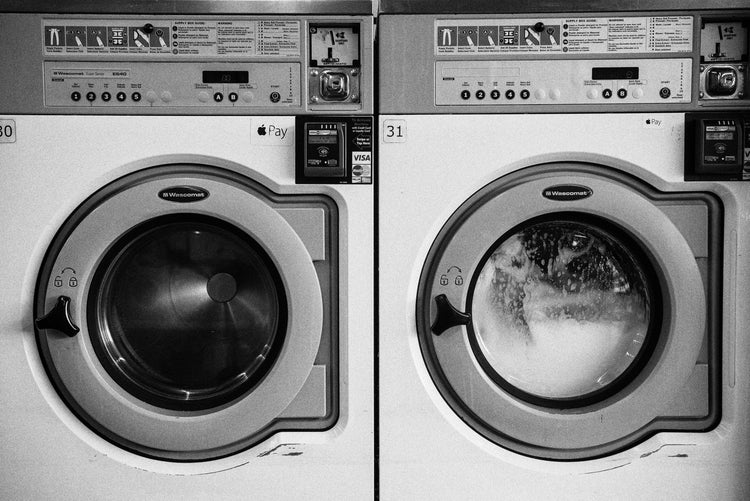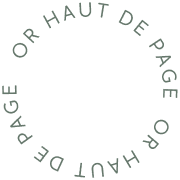How To Make Your Own Inexpensive Eco-Friendly Laundry Soap

When it comes to the garments tentree sells, we don't just send them out into the world and forget about them. We encourage everyone to make good choices with their hoodies, tees, and tanks so they last a long time and have a minimal negative impact on the environment.
Purchasing environmentally friendly household goods is important, and various companies use the eco-friendliness of their products as a marketing tool. When it comes to laundry soap, there are a number of expensive "green" options for you, but how green are they?
Many of these soaps actually do contain ingredients that you might not think are all that green once you get to know them. Very few of the chemicals used in laundry detergent are actually tested, and the US Environmental Protection Agency has largely taken an "innocent until proven guilty" approach to these consumer chemicals.
Making laundry soap yourself is a great alternative to purchasing expensive and sometimes dubiously marketed soaps from the store. We have a simple, three-ingredient recipe that one of our team members has been using for years to make laundry soap. The price comes out to about $.10 per gallon. We'll break down the three ingredients.
Washing soda
Washing soda is another name for sodium carbonate, which is non-toxic unless consumed intentionally in large doses. It is a mineral that occurs naturally, often in arid regions with mineral deposits. It is generally innocuous when released into wastewater systems. It is not considered an environmental contaminant.
Borax
Like washing soda, borax is a naturally occurring mineral that has at times received a bad rap as being toxic. Technically, like washing soda, if you consumed enough of it directly, it can make you very sick. As long as you aren't sprinkling it in your oatmeal, it won't harm you. Some sources online claim that it soaks in through your skin and creates toxins in the body or causes cancer, but there is no evidence that this is the case. Borax is not considered to be an environmental contaminant.
Castile soap
Castile soap is a type of soap generally comprised of aloe vera, various "butters" like shea butter, essential oils, salt, non-toxic preservatives like citric acid, and vegetable oils. Castile soap is 100% biodegradable, not considered a threat to human health or to the environment. Fels naptha is sometimes used as stain-busting alternative in this recipe, but is not as safe for the environment or you.
With all that said, let's get down to the recipe.
You will need:
- 1 cup of borax
- 1 cup of washing soda
- 1 5-ounce bar of castile soap
- 5 gallons of water
- A large, 5-gallon bucket
Instructions:
- On the stovetop, bring a half gallon of water to near the boiling point.
- While your water is warming, use a cheese grater to grate your bar soap.
- Begin filling your bucket with four and a half gallons of HOT tap water.
- Once your stovetop water is heated to near boiling temperatures, add the grated soap. The soap will slowly melt. Do not bring water to a boil, as it may cause the soap to foam up and spill everywhere.
- Once the soap has melted, add the soapy water to the four and a half gallons of hot water in your bucket.
- Mix in the borax and washing soda. Stir for several minutes.
Over the next 6 to 12 hours, the mix will cool and began to turn into a gel-like substance. Frequent stirring will help keep it in a liquid state. We recommend returning to stir every hour or so if possible.
Use up to 1/4 cup of soap per load, less for fairly unsoiled clothing.

